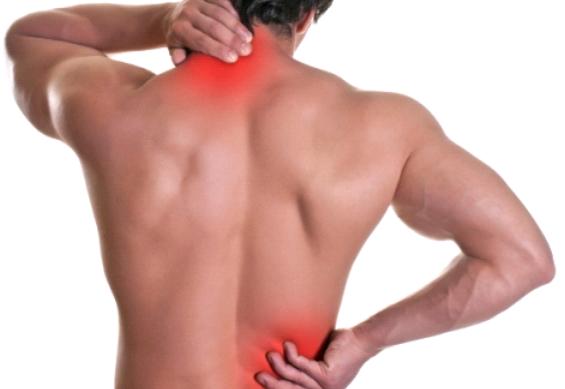Introduction to Scoliosis
Scoliosis is a spinal condition characterized by an abnormal curvature that manifests as a “C” or “S” shape rather than a straight vertical line. This condition can affect individuals at various stages of life, with specific classifications based on the age of onset: infantile scoliosis for children under three years old, and juvenile scoliosis for those aged four to ten. While everyone’s spine naturally curves slightly, the pronounced curves associated with scoliosis can lead to discomfort and a range of motion restrictions.
The impact of scoliosis extends beyond physical symptoms, potentially affecting daily activities and overall quality of life. Understanding the underlying causes is crucial for effective management and treatment. The condition can arise from congenital factors, where spinal deformities are present at birth, or from neuromuscular conditions that affect muscle control and coordination. Additionally, idiopathic scoliosis, which has no identifiable cause, most commonly develops during adolescence, coinciding with periods of rapid growth.
Types and Causes of Scoliosis
There are several types of scoliosis, each with different causes. Congenital scoliosis is present at birth and occurs when the spine or ribs fail to form properly. Neuromuscular scoliosis develops as a result of nervous system disorders that affect muscles, such as cerebral palsy, polio, spina bifida, or muscular dystrophy. These conditions can lead to uneven muscle support on either side of the spine, causing it to curve. Idiopathic scoliosis, the most common type, does not have a clear causal factor but tends to appear during growth spurts in adolescence.
Identifying Symptoms of Scoliosis
The signs of scoliosis are often visible. Uneven shoulders or hips and an apparent curve in the spine are common indicators. Individuals with scoliosis might also experience fatigue in the spine area after prolonged periods of sitting or standing. If you notice any of these symptoms, it is advisable to consult with a spine specialist who can provide a thorough diagnosis and discuss potential treatment options.
Diagnostic Tests for Scoliosis
Diagnosing scoliosis typically begins with a physical examination, where a visual assessment of the back may immediately suggest the presence of scoliosis. To confirm the diagnosis and assess the severity of the spinal curvature, additional tests such as X-rays, MRI scans, or specific spinal curvature measurements might be required. These tests help determine the exact nature and angle of the curve, which is essential for deciding on the appropriate treatment.
Treatment Options
Treatment for scoliosis depends on several factors, including the cause of scoliosis, the location and severity of the curve, and whether the patient’s body is still growing. Children and teenagers may benefit from wearing a brace to prevent further curvature of the spine as they grow. For adults or severe cases, surgical options such as spinal fusion might be necessary to correct the curve as much as possible. Post-surgery, patients may still need to wear a brace for a time to ensure the spine remains stable.
Mental Health and Emotional Support
Living with scoliosis can also affect mental health, particularly if the condition leads to physical limitations or persistent pain. It’s important for patients and their families to seek not only physical treatment but also emotional support. Family therapy and counseling can be beneficial to manage the psychological impacts of scoliosis. Support groups and mental health counseling can provide the necessary tools to cope with the condition effectively.
Prognosis and Long-Term Management
Early detection of scoliosis can significantly improve the effectiveness of treatments and reduce the likelihood of severe complications such as chronic pain, respiratory issues, and nerve damage. Regular screenings in schools have been instrumental in identifying scoliosis early, especially during the critical periods of child growth. Those diagnosed with scoliosis should maintain regular check-ups to monitor the condition and adjust treatment as needed.
Conclusion: Navigating Life with Scoliosis
Successfully managing scoliosis involves a comprehensive approach that considers both the physical and emotional aspects of the condition. Early detection plays a critical role in effectively managing scoliosis, as it can significantly improve the outcomes of various treatment options. For young patients, interventions such as bracing can effectively prevent further curvature of the spine during growth periods. For more severe cases, surgical options like spinal fusion may be necessary to correct the curve and stabilize the spine. Regular follow-up with healthcare providers ensures that the treatment remains appropriate as the condition progresses or improves.
Beyond the physical treatments, addressing the psychological impact of living with scoliosis is essential for maintaining overall well-being. Chronic pain and physical limitations can lead to emotional distress; thus, support systems and mental health resources are vital. Counseling or joining support groups can help patients and families cope with the challenges posed by scoliosis. Mental health professionals can provide strategies for managing stress and anxiety, which are common among those dealing with long-term health conditions. With the right medical care and emotional support, individuals with scoliosis can lead fulfilling and active lives.




